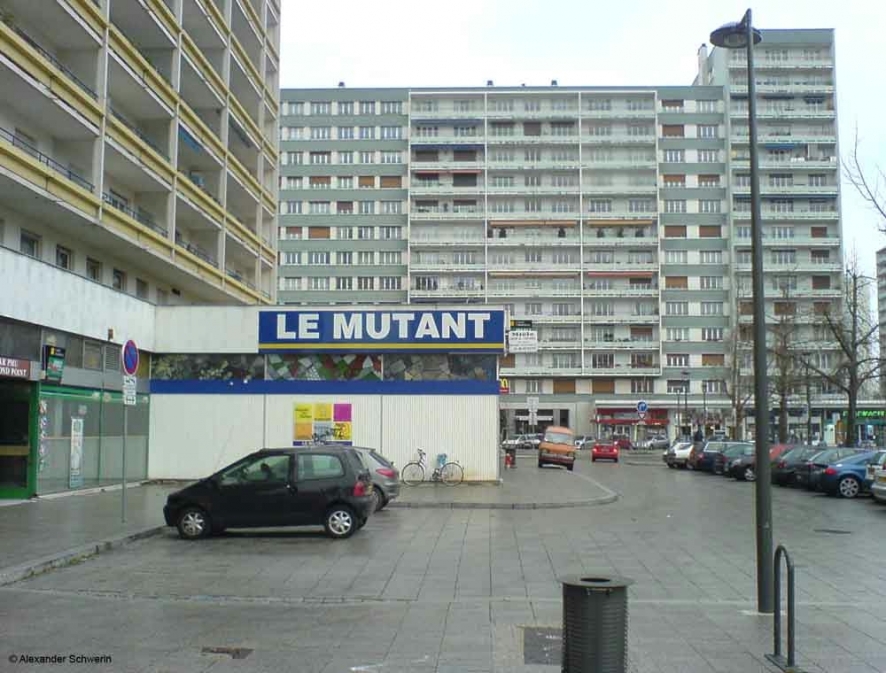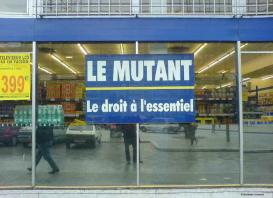Mutagens are simultaneously both required and avoided substances. They are “substances of transformation,” but also “genetic poisons.” Their transformative qualities destined mutagens to become unavoidable instruments within genetics and molecular biology. Since the 1960s, however, mutagens have defined a transdisciplinary problem of risk policy. Substances such as radioactive particles from fall-out and the nuclear industries, pharmaceuticals, chemical supplements in the foodstuffs industry or pesticides (like DDT) were silent, efficient, and ubiquitous. The precarious status between efficiency and (dangerous) autonomy formed the key characteristics of mutagens that nurtured the ambivalent career of mutants. Daily life became populated by horrifying, but also superhuman creatures.
The Environmental Turn: The ubiquitous threat of mutagens coincided with the emerging era of mass consumption in the early 1960s. Less well known, however, is the process by which, in the same period, the environment became an object of "science-politics," while Western governments only launched their environmental programs in the early 1970s. How did governmental policy widen its focus from the closed circuit of production and consumption towards a general ideal of “environmental hygiene” and “biopolitics of life as a whole” (Lemke)? Who and what were the actors in that science-based risk policy, and what was the process of mediation?

From DNA Repair towards the Active Self: It seems that the mutational excitement became the trigger for a revolutionary model of regulation in molecular biology that can be linked with DNA repair mechanisms. According to the concept of “DNA repair,” there are cellular mechanisms and enzymatic systems that are able to “repair” mutations. Similar to what has been referred to as the “immunological self” (Haraway), DNA repair marks a significant shift in the organism’s relation to its environment, introducing something like a self-repairing self. This led to the question of how this model became associated with other changes that became the basis for a more general transformation of regulatory strategies. Hence, mutations tell us something about the Homo oeconomicus of the neoliberal turn beginning in the 1970s.

